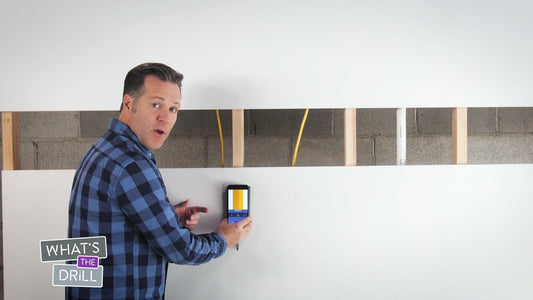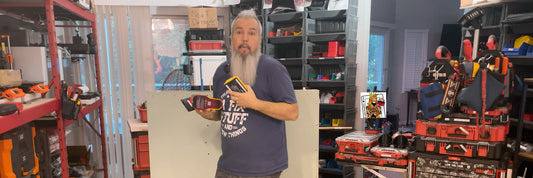Water damage behind drywall can lead to serious structural issues and mold growth if not addressed promptly. Understanding the steps to take when water gets behind drywall is crucial for mitigating damage and maintaining a safe, healthy home. This guide outlines the necessary actions and considerations for dealing with water behind drywall.
Why Address Water Behind Drywall Immediately?
- Prevent Mold Growth: Moist environments behind drywall can promote the growth of mold, which can cause health issues and further damage.
- Maintain Structural Integrity: Prolonged exposure to moisture can weaken drywall and other structural components, leading to costly repairs.
- Ensure Safety: Wet drywall can collapse or fall apart, posing a risk to household members.
Steps to Take When Water Gets Behind Drywall
- Identify the Source of Water:
- Locate and stop the source of water intrusion. This may involve repairing a leaking pipe, roof, or window. Use tools like the Walabot wall scanner to detect hidden leaks or plumbing issues behind the drywall.
- Remove Wet Drywall:
- Cut out and remove the affected drywall sections. Use a utility knife to cut along the water-damaged area, typically about 12 inches above the visible damage to ensure all wet material is removed.
- Dry the Area:
- Use fans, dehumidifiers, and ventilation to thoroughly dry the area behind the drywall. This process may take several days. Moisture meters can help ensure the area is completely dry before proceeding.
- Check for Mold:
- Inspect the exposed area for mold. If you find any, clean it with a mixture of water and detergent or a commercial mold remover. For extensive mold, consider hiring a professional mold remediation service.
- Repair the Damage:
- Once the area is dry and mold-free, replace the removed drywall with new drywall sheets. Secure them with drywall screws and tape the seams. Apply joint compound, sand, and paint to finish the repair.
FAQ Section
Is drywall ruined if it gets wet? Drywall can be compromised if it gets wet, especially if it remains wet for an extended period. Wet drywall is prone to warping, weakening, and mold growth, which often necessitates replacement.
How do you dry water behind drywall? To dry water behind drywall, remove the affected sections of drywall to expose the wet area. Use fans, dehumidifiers, and increased ventilation to dry out the space thoroughly. Moisture meters can help monitor the drying process.
How to fix drywall after water damage? To fix drywall after water damage, cut out the damaged sections, dry the area completely, check for mold, and then replace the removed drywall with new sheets. Secure, tape, apply joint compound, sand, and paint to finish the repair.
Tips for Dealing with Water Behind Drywall:
- Act Quickly:
- Address water damage as soon as possible to prevent mold growth and further structural damage.
- Use Proper Tools:
- Use tools like the Walabot wall scanner to detect hidden leaks and ensure complete removal of damaged areas.
- Ensure Complete Drying:
- Make sure the affected area is thoroughly dried before repairing to prevent future mold growth and damage.
- Consult Professionals:
-
For extensive water damage or mold issues, consider consulting a professional for proper remediation and repair.
 Dealing with water behind drywall promptly and effectively is essential to prevent mold growth and structural damage. By following the outlined steps and using tools like the Walabot wall scanner, you can mitigate damage and maintain a safe, healthy home. For more DIY tips and tools, visit Walabot's website.
Dealing with water behind drywall promptly and effectively is essential to prevent mold growth and structural damage. By following the outlined steps and using tools like the Walabot wall scanner, you can mitigate damage and maintain a safe, healthy home. For more DIY tips and tools, visit Walabot's website.




